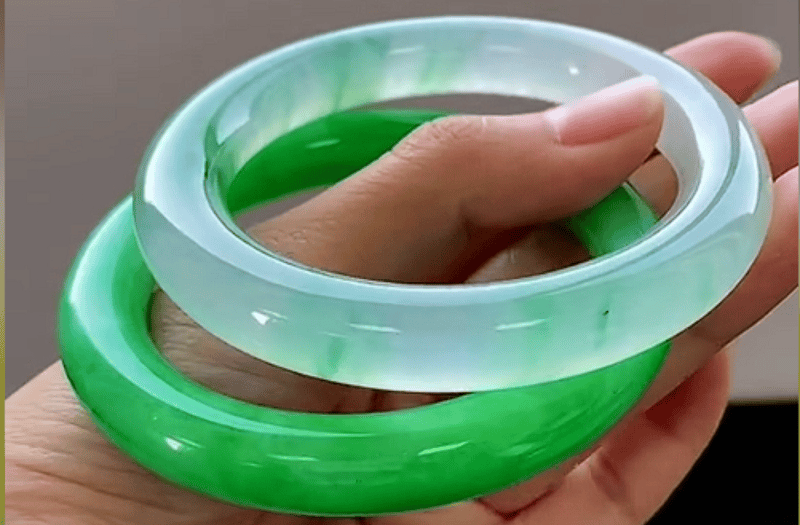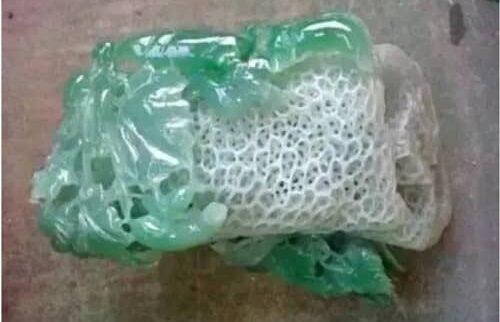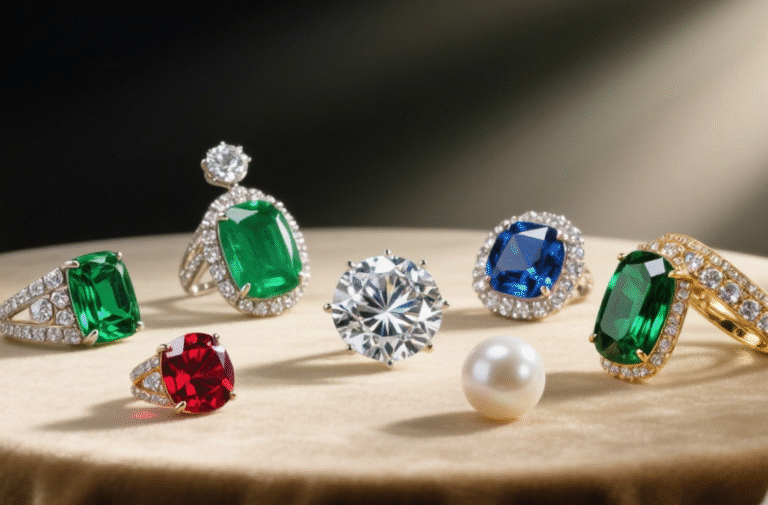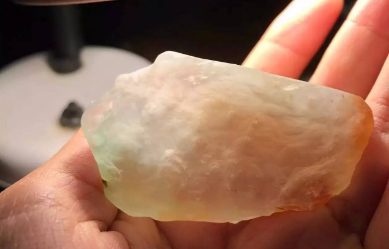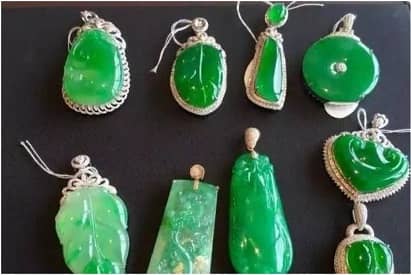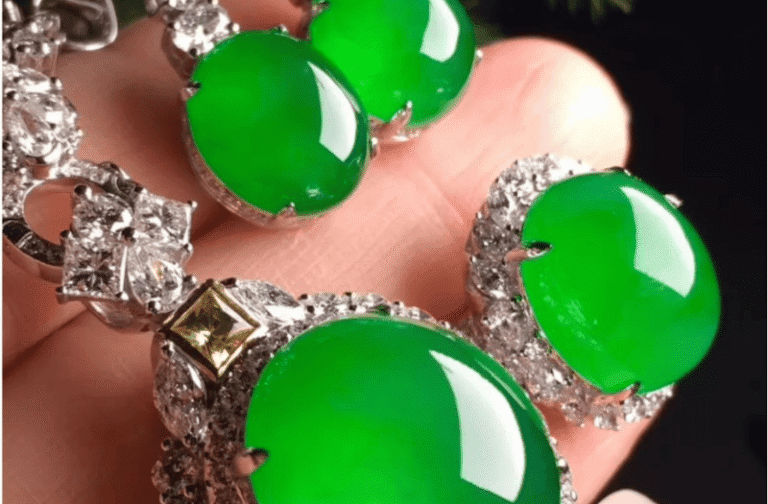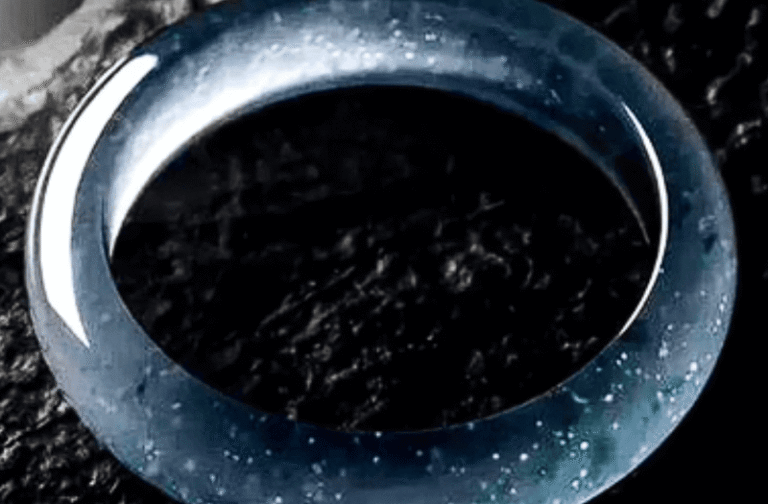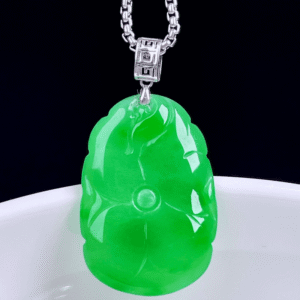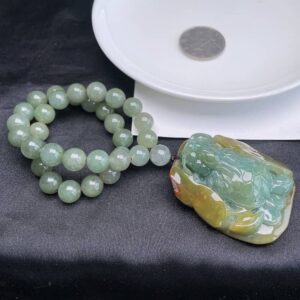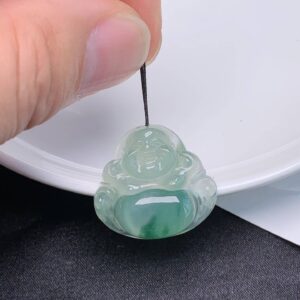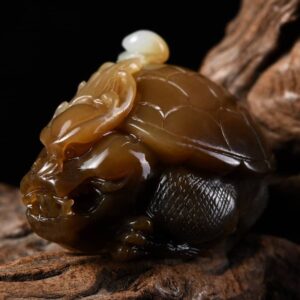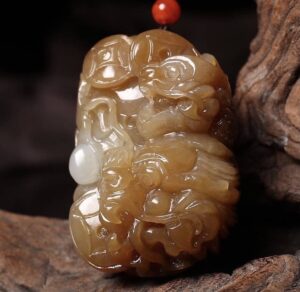Abstract
Myanmar jadeite holds an almost mythical status, yet its core valuation system, “Zhong” (texture), “Shui” (translucency), “Se” (color), and “Gong” (craftsmanship), often remains a mystery to those outside traditional circles. This article transcends mere definition, offering a deep dive into why these pillars matter and how they dictate a jadeite’s true worth, from cultural resonance to market value. We’ll explore practical assessment tips, unravel historical nuances, and compare Eastern jadeite appraisal with Western gemology. By merging expert insights with engaging visuals and real-world examples, we aim to transform your understanding of jadeite from simple appreciation to informed connoisseurship.
Introduction: Why Jadeite’s “Soul” Matters More Than Ever
For centuries, Myanmar jadeite has been revered not just as a gemstone, but as a living entity, imbued with spiritual power and cultural significance in Asia. Unlike diamonds, where the “4Cs” (Cut, Color, Clarity, Carat) offer a universal language, jadeite’s value is assessed through a more nuanced, almost poetic framework: Zhong (种), Shui (水), Se (色), and Gong (工).
But why are these ancient criteria still paramount today? And how can a Western enthusiast, accustomed to standardized gemological reports, truly grasp their profound impact on value and authenticity? This isn’t just a guide to terms; it’s an invitation to understand the philosophy and practice behind jadeite’s captivating allure, from its historical roots to its soaring prices in the global auction market.
Unpacking the Pillars: More Than Just Definitions
1. Zhong (种): The Foundational “Grain” – Beyond Texture to Toughness
Zhong, often translated as “kind” or “texture,” is the jadeite’s crystalline structure and density. But thinking of it as merely “texture” misses its true essence. It’s the foundation of the stone’s durability, luster, and ability to take a polish.
- Why it Matters: A superior “Zhong” means tightly interlocked, microscopic crystals. This isn’t just about aesthetics; it directly impacts the stone’s resilience against impact and its ability to achieve a high, glass-like luster, making it appear almost liquid. A poor “Zhong,” with coarser grains, means a duller stone more prone to damage.
- The “Why” – Cultural Depth: In Eastern philosophy, a firm, dense structure often symbolizes stability and inner strength. A “good Zhong” embodies this ideal, suggesting integrity and purity.
- The “How” for You:
- The “Feel” Test: Gently touch the jadeite to your cheek or wrist. High-Zhong jadeite will feel distinctly cool and smooth, retaining its coolness longer than glass or plastic.
- Observe the Luster: Look for a “glassy” (玻璃地 – Boli Di) luster – a sharp, reflective shine similar to high-quality glass. Avoid waxy or greasy appearances.
- Transparency Check: While not the only factor, good Zhong often contributes to better translucency (Shui), as light can pass through a more uniform structure.
2. Shui (水): The Luminous “Water” – Jadeite’s Breath and Spirit
Shui, literally “water,” describes the translucency and clarity of the jadeite. This is where jadeite truly comes alive, as light interacts with its internal structure.
- Why it Matters: High “Shui” allows light to penetrate deep into the stone and diffuse beautifully, creating a luminous, almost “glowing” effect. It gives the jadeite an ethereal “life” or “breath” (similar to the concept of “Qi” in traditional Chinese thought) that opaque stones simply lack. It can make even a paler color appear vibrant and appealing.
- The “Why” – Cultural Depth: “Water” in Eastern thought is often associated with fluidity, adaptability, and spiritual clarity. A “watery” jadeite embodies these qualities, symbolizing purity and inner peace.
- The “How” for You:
- The “Flashlight Test”: Hold the jadeite up to a light source (a phone flashlight works). Observe how far the light penetrates. Does it shine through, or does it stop abruptly?
- “Jelly” or “Fluorescence” Effect: High-Shui jadeite can exhibit a subtle “jelly-like” appearance or an optical effect called “fluorescence” (distinct from the UV light phenomenon) where light appears to glow from within, especially along carved edges.
- Value Impact: A significant jump in “Shui” can exponentially increase value, sometimes more so than color, due to its rarity and mesmerizing appeal.
3. Se (色): The Vibrant “Color” – Jadeite’s Emotional Resonance
Se, or “color,” is perhaps the most captivating and emotionally resonant aspect. While a kaleidoscope of colors exists, emerald green reigns supreme, but its quality is determined by its hue, saturation, uniformity, and intensity.
- Why it Matters: Color is often the first thing people notice. A vivid, evenly distributed green can transform a piece into a masterpiece. However, even the most vibrant color needs good “Zhong” and “Shui” to truly shine.
- The “Why” – Cultural Depth: Green jadeite is deeply connected to nature, prosperity, and harmony in Chinese culture. Its association with evergreen vitality and wealth makes it highly symbolic.
- The “How” for You:
- Natural Light Observation: Always evaluate color under natural daylight. Avoid artificial lights which can distort true hues.
- “Positive” vs. “Negative” Green: Look for “positive” green (色正 – Se Zheng) that looks vibrant and clear, not dull or grayish (“negative”).
- Evenness is Key: Is the color evenly distributed, or does it show blotches, streaks, or distinct zones? Uniformity (色匀 – Se Yun) is highly prized.
- Market Snapshot: Imperial Green jadeite, a pure, intense emerald green, has fetched record-breaking prices at auctions. In 2014, a single Imperial Green bead necklace sold for over $27 million at Sotheby’s Hong Kong, demonstrating the exponential value of top-tier “Se” combined with other factors.
4. Gong (工): The Artisanal “Workmanship” – Jadeite’s Transformed Soul
Gong, or “workmanship,” refers to the skill and artistry applied in carving and polishing the jadeite. This is where raw potential meets human genius.
- Why it Matters: Even a perfect raw stone can be ruined by poor carving. Expert “Gong” not only elevates the stone’s natural beauty but can also cleverly enhance its “Zhong,” “Shui,” and “Se” by utilizing its unique characteristics. It can hide flaws, maximize light play, and bring out hidden depths.
- The “Why” – Cultural Depth: Chinese jade carving is an ancient art form, passed down through generations. “Gong” reflects reverence for the material and a pursuit of perfection, symbolizing harmony between man and nature.
- The “How” for You:
- Design & Flow: Does the design complement the stone’s shape and color distribution? Are the lines fluid and balanced?
- Precision & Detail: Examine the intricacy of the carving. Are the details sharp and well-defined, or do they look blurry or crude?
- Flawless Polish: Run your fingers over the surface. It should be perfectly smooth, without any rough patches, scratches, or unevenness, which indicates a poor polish that dulls the stone’s luster.
- Real-World Example: Consider two jadeite pendants of similar “Zhong, Shui, Se.” The one with exquisite, intricate carving that enhances the stone’s natural patterns will command a significantly higher price than a poorly carved or mass-produced piece.
Beyond the Four: Practical Tips for the Aspiring Jadeite Collector
Navigating the world of jadeite can be daunting, but armed with “Zhong, Shui, Se, Gong,” you’re off to a strong start. Here’s how to apply these concepts and avoid common pitfalls:
- Compare to Western Gemology (4Cs vs. 4 Pillars): While diamonds have “Cut” (human skill), “Color,” “Clarity” (internal purity), and “Carat” (weight), jadeite’s “Zhong” combines aspects of clarity and material quality. “Shui” is unique to jadeite, focusing on translucency. “Se” is analogous to diamond color. “Gong” is its own crucial “Cut” equivalent. This comparison helps bridge the understanding gap for Western buyers.
- The “Touch” Test: High-quality jadeite feels cool and dense. If it quickly warms in your hand, it might be an imitation.
- Lighting is Key: Always examine jadeite under natural daylight. Fluorescent or LED lights can significantly alter its perceived color.
- Beware of Treatments (B, C, and B+C Goods):
- B-Goods: Chemically treated and polymer-impregnated to improve transparency and color. They’ll dull over time and show a network of tiny fissures under magnification.
- C-Goods: Dyed to enhance color. The color often looks unnatural and may fade. Check for dye concentrations in cracks or pits.
- B+C Goods: A combination of both treatments.
- How to Spot Them: A “plastic-y” luster, dull sound when tapped lightly, or the absence of typical jadeite coolness can be indicators. Always ask for a reputable gemological certificate.
- Seek Expert Advice: For significant purchases, always consult a certified jadeite expert or obtain a recognized laboratory certificate (e.g., from GIA, GRS, or specific Asian labs like the Hong Kong Jade & Gem Laboratory).
Conclusion: From Introduction to Informed Connoisseurship
In conclusion, “Zhong” (种) refers to the texture or structure of jadeite — essentially the quality of its base material. If the jade has a strong grainy appearance with large particles, it’s considered coarse-grained (poor quality). If the texture is fine and clean, it’s seen as high quality (fine-grained).
“Shui” (水) refers to the transparency or translucency of the jade — how much light can pass through it.
“Se” (色) refers to the color — for example, vivid green (often called “yang green”) is highly prized.
Jadeite that has vivid color is generally more valuable than jade that only has good texture (Zhong) but lacks color.
Understanding “Zhong, Shui, Se, Gong” transforms you from a casual observer to an informed connoisseur. It’s more than just a checklist; it’s a window into jadeite’s intrinsic beauty, its cultural narrative, and its investment potential. By applying these detailed insights and practical tips, you can confidently navigate the fascinating world of Myanmar jadeite, appreciating not just its sparkle, but its very soul.
What’s the next step in your jadeite journey? Are you curious about specific historical pieces, investment trends, or perhaps the ethical considerations of jadeite sourcing?

